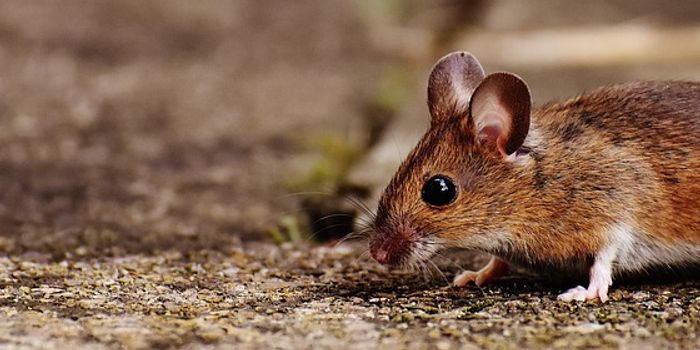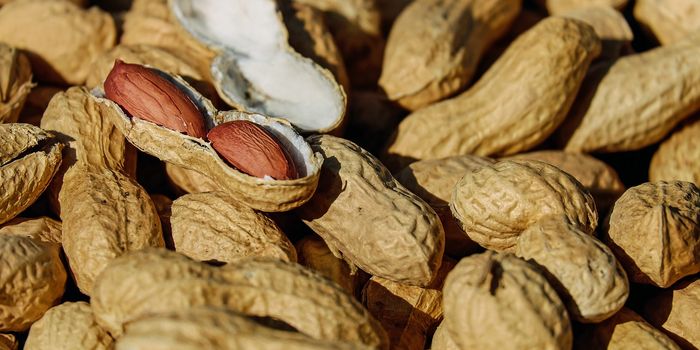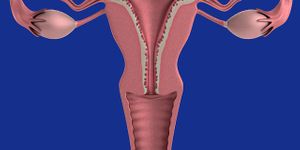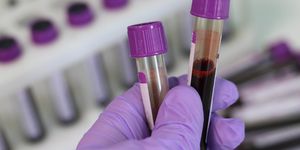The Mechanisms of the Ciliary Motor are Revealed
Motile cilia are tiny appendages that can be found on the surface of some cell types, such as lung epithelial cells. The regular beating of motile cilia can affect a variety of processes, including development, and the movement of fluid in the lungs. Dysfunctions in motile cilia can lead to problems like laterality defects, hydrocephalus, and infertility. Scientists have now used a tool called cryo-electron tomography to reveal more about how a motor in motile cilia called dynein pushes the cilia to move. This research, which was reported in The EMBO Journal, could provide new insights into motile ciliopathies.
Cilia are made up of nine microtubule pairs, arranged in a circle to create a long molecule. Dynein motors link the microtubules, and these motors are powered by cellular fuel called ATP. When a molecule of ATP is used by dynein, there is a shape change, causing the microtubule to bend at the dynein-microtubule anchor point.
This study focused on the dynein arms, and the shape changes that occur as cilia beat. The beating portions of cilia, called axonemes, were isolated and exposed to ATP. "Amazingly, when you add ATP to isolated axonemes, they still beat, just like a mechanical part," said first study author and graduate student Noemi Zimmermann, who works in the lab of Takashi Ishikawa at the Paul Scherrer Institute (PSI). These samples were flash-frozen for analysis with cryo-electron microscopy.
Millions of images were taken at different angles, to show the full motion that the dynein arm makes. This work revealed new details about dynein movement, and how anchor points cross over at the start of a movement or power stroke cycle. "This was quite a surprise, because it was not how most people expected it would work," noted Zimmerman.
Hundreds of dynein proteins have to move synchroniously to make a group of motile cilia all beat together, as one. “If they are just randomly making the force, it will not end up with orchestrated motion,” Ishikawa said. Researchers are still learning about how they coordinate with one another.
Sources: Paul Scherrer Institute, The EMBO Journal









